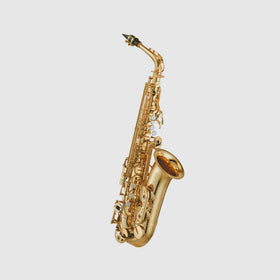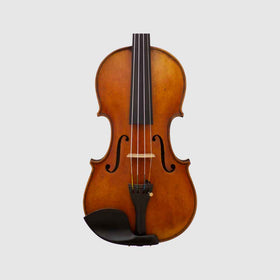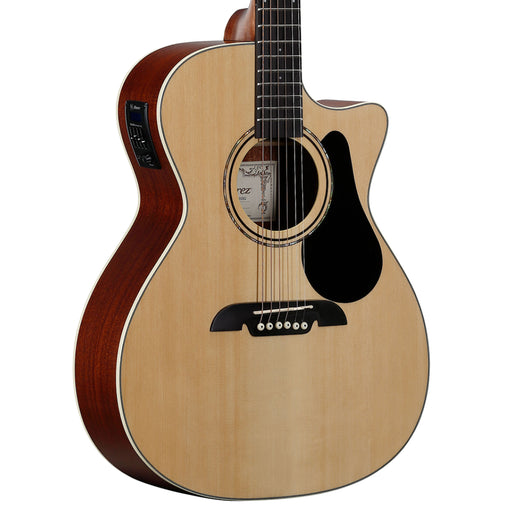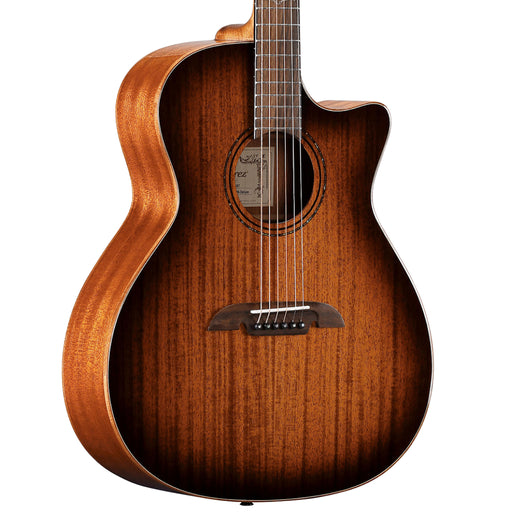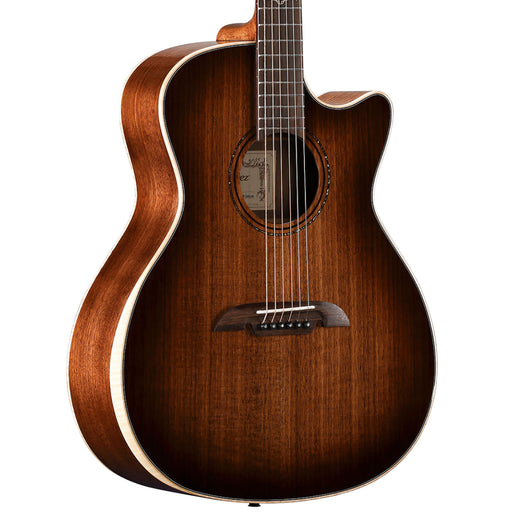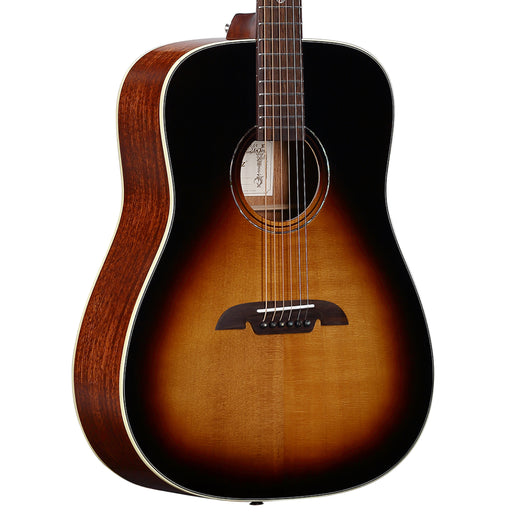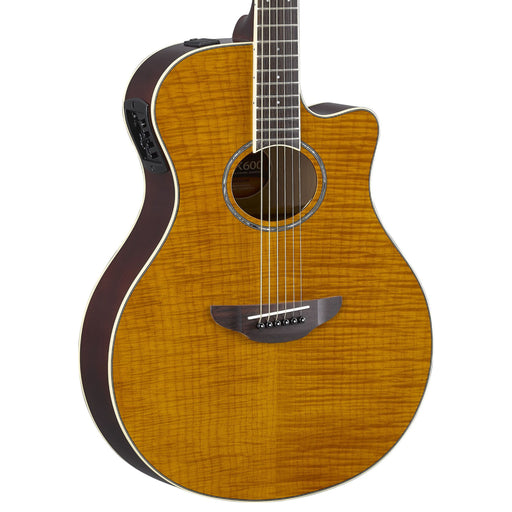Understanding the Differences Between Closed-Hole and Open-Hole Flutes
When diving into the world of flutes, one of the primary distinctions you'll encounter is between closed-hole (also known as plateau) and open-hole (also known as French) flutes. Both types have unique characteristics, advantages, and challenges, making them suitable for different players and musical styles. In this blog post, we will explore these differences to help you understand which flute might be the best fit for your musical journey.
Closed-Hole Flutes
Design and Characteristics
Closed-hole flutes feature solid keys, meaning there are no holes in the center of the keys. This design simplifies the finger placement for players, as it requires less precision in covering the holes completely.
Suitability
Closed-hole flutes are often recommended for beginners. The simpler finger placement reduces the likelihood of playing errors due to improperly covered holes. These flutes are also slightly easier to play in terms of hand positioning and finger dexterity, making them a great starting point for younger players or those with smaller hands.
Sound and Tone
The sound of a closed-hole flute is generally considered to be consistent and even. Since all the holes are completely covered, it allows for a more straightforward production of sound, which can be particularly beneficial for those just starting to learn.
Open-Hole Flutes
Design and Characteristics
Open-hole flutes feature keys with holes in them. These holes require the player to cover them precisely with their fingers to produce the correct notes.
Suitability
Open-hole flutes are often preferred by intermediate and advanced players. The requirement for precise finger placement encourages proper hand positioning and technique. These flutes are also favored by those seeking greater control over their expressiveness and tone color, as they allow for more nuanced playing techniques.
Sound and Tone
Open-hole flutes are known for their ability to produce a richer and more nuanced sound. The open holes allow for a greater range of tonal colors and dynamics. Additionally, they enable advanced techniques like quarter tones and multiphonics, which are often used in contemporary music and jazz.
Additional Considerations
- Transitioning from Closed-Hole to Open-Hole: Many players start with a closed-hole flute and transition to an open-hole model as they advance. Some open-hole flutes come with plugs that can be used to cover the holes, making the transition smoother.
- Fingering Precision: Open-hole flutes require more precise fingering, which can be challenging for beginners but beneficial for developing proper technique in the long run.
- Hand Positioning: Open-hole flutes encourage proper hand positioning, as incorrect positioning will result in air leaking through the uncovered holes.
Which Flute is right for you?
The choice between a closed-hole and an open-hole flute largely depends on the player's skill level and musical goals. Beginners often find closed-hole flutes more forgiving and easier to play, while intermediate and advanced players may prefer the expressive capabilities of open-hole models. Regardless of the choice, both types of flutes offer unique opportunities for musical expression and growth.
Remember, the journey of learning an instrument is deeply personal and varies from musician to musician. Whether you choose a closed-hole or an open-hole flute, what matters most is your commitment to practice, your passion for music, and the joy you find in playing.
Tarpley Exclusives
Alvarez Regent RG26CE-DELUXE Acoustic-Electric Guitar
AlvarezDesigned by the top AIMM Dealers in the US The Alvarez Guitars Regent Series RG26CE-Deluxe has a Sitka Spruce top with a natural, gloss finish. The...
View full detailsAlvarez Artist AG66CESHB-DELUXE Acoustic-Electric Guitar
AlvarezDesigned by the top AIMM Dealers in the US The Artist AG66CESHB-DELUXE is a beautifully developed Grand Auditorium acoustic electric guitar with a ...
View full detailsYamaha LJ6RDTHB Medium Jumbo Acoustic-Electric Guitar - Dark Tint
YamahaBuilt with a solid Engelmann Spruce top enhanced by Yamaha's proprietary A.R.E. treatment and refined bracing architecture, the LJ6 delivers increa...
View full detailsAlvarez Artist Elite AGW77CESHB-DELUXE Acoustic-Electric Guitar
AlvarezDesigned by the top AIMM Dealers in the US Alvarez Grand Auditorium acoustic electric guitar with cutaway and bevelled armrest. Comes with the LR B...
View full detailsAlvarez Masterworks MD60EVB Acoustic-Electric Guitar
AlvarezThe MD60EVB Deluxe features carefully seasoned tonewoods that include a AAA solid Sitka cured top, solid African Mahogany back and sides, and one p...
View full detailsYamaha APX600FM AM Acoustic-Electric Guitar
YamahaOne of the world's best-selling, acoustic-electric guitars, the APX Series thinline body combines incredible comfort, easy top-fret access and natu...
View full details
